Copenhagen

Tourism Sites
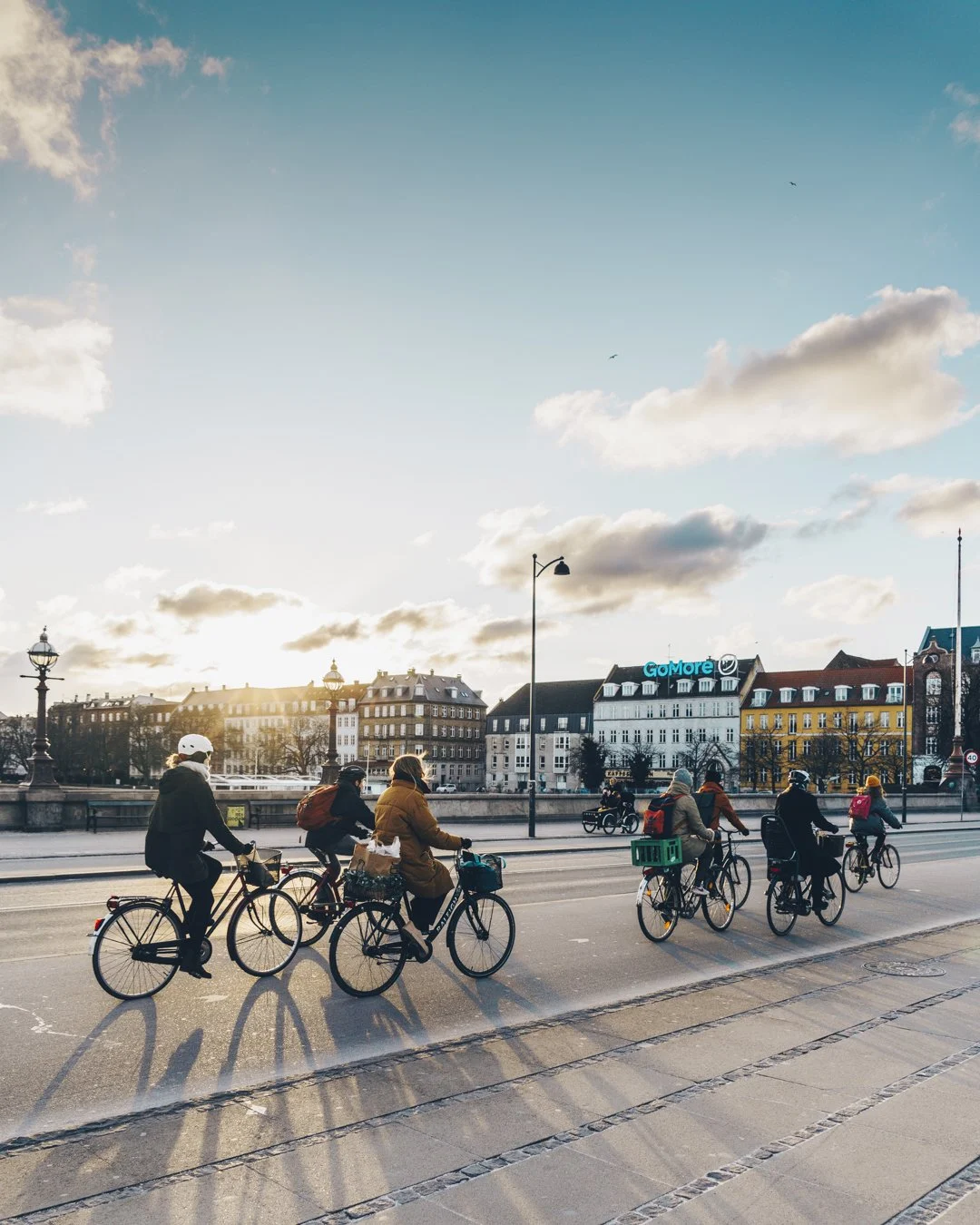
Biking Through the City
🧠 Fact: Copenhagen is one of the world’s most bike-friendly cities with over 390 km of cycle lanes.
💡 Tip: Use city bikes (Bycyklen) for easy rental via app and GPS navigation.
Info - Copenhagen is famously bike-friendly, with more bicycles than cars and over 390 kilometers of dedicated bike lanes. Renting a bike is one of the best ways to explore the city, from waterfront promenades to quiet parks and trendy neighborhoods like Nørrebro and Vesterbro. Key routes include the Cykelslangen (Bicycle Snake) bridge and rides around The Lakes. Cyclists can easily reach major attractions like Nyhavn, Christianshavn, and Rosenborg Castle. With flat terrain, clear signage, and a respectful biking culture, Copenhagen makes urban cycling safe, scenic, and thoroughly enjoyable for visitors of all ages.
- 📍 Denmark, Copenhagen
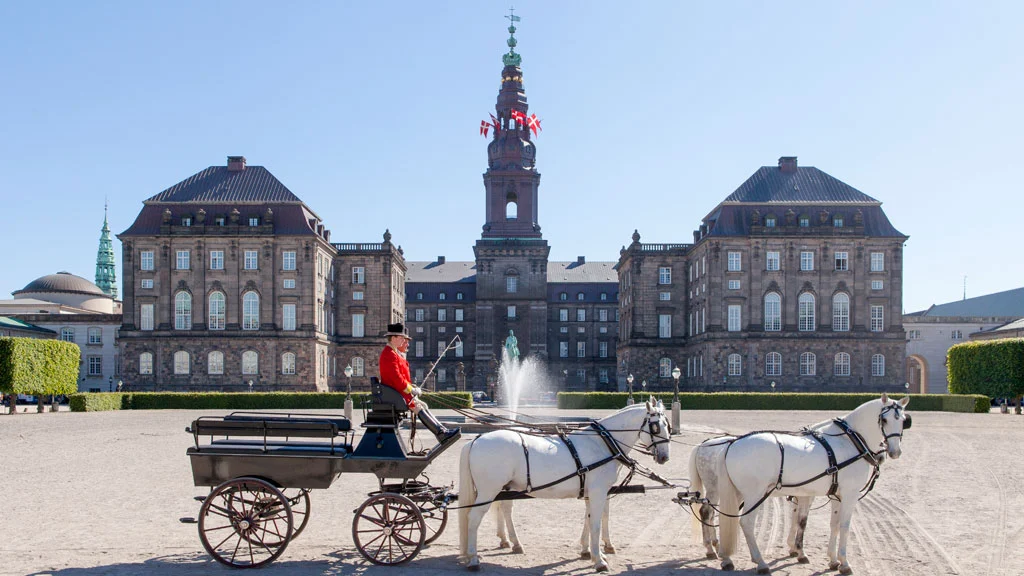
Christiansborg Palace
🧠 Fact: Houses the Danish Parliament, Supreme Court, and Ministry of State.
💡 Tip: The Royal Reception Rooms and tower offer panoramic views of the city.
Info - Christiansborg Palace is a symbol of Danish monarchy and government, located on Slotsholmen Island in Copenhagen. It houses the Danish Parliament, Supreme Court, and Royal Reception Rooms used for official functions. Visitors can explore opulent state apartments, the royal stables, and the medieval ruins beneath the palace. Highlights include the Great Hall with Queen Margrethe II’s tapestries and the panoramic tower offering city views. Christiansborg’s layered history — from Viking stronghold to royal residence — makes it one of Copenhagen’s most fascinating cultural landmarks, reflecting Denmark’s evolution from monarchy to modern constitutional democracy.
- 📍 Denmark, Copenhagen
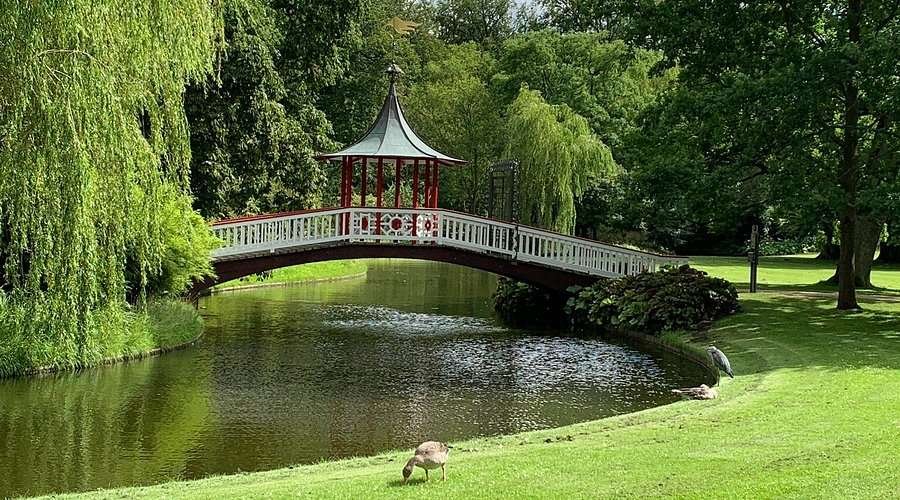
Frederiksberg Gardens
🧠 Fact: : Designed in Baroque style, the gardens are among the largest and most romantic in Copenhagen.
💡 Tip: : Rent a small rowboat on the canal during warmer months.
Info - Frederiksberg Gardens is a sprawling, romantic park surrounding Frederiksberg Palace in Copenhagen’s leafy Frederiksberg district. Created in the 18th century, it features winding canals, ancient trees, classical statues, and charming bridges. Locals flock here for picnics, rowing boat rides, and strolls to the Chinese Pavilion and waterfall grotto. One of the park’s highlights is the view of Copenhagen Zoo’s elephant enclosure from a public footpath. With its blend of royal history, serene landscapes, and family-friendly atmosphere, Frederiksberg Gardens offers a tranquil retreat just minutes from the city center.
- 📍 Denmark, Copenhagen
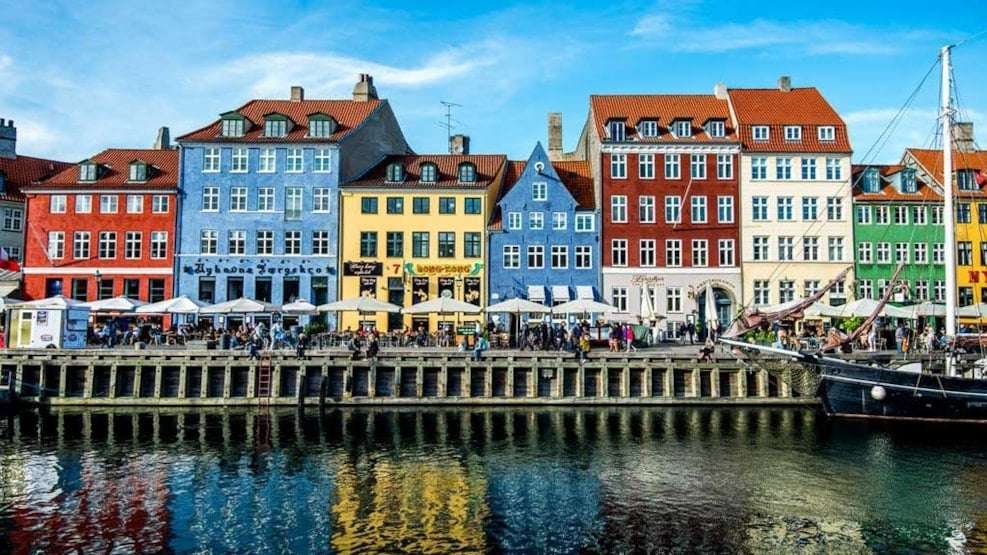
Nyhavn Canal
🧠 Fact: Once a busy commercial port, it's now a colorful waterfront lined with bars and restaurants.
💡 Tip: Take a boat tour from Nyhavn to explore the city from the water.
Info - Nyhavn is Copenhagen’s most photogenic waterfront, known for its colorful 17th-century townhouses, docked wooden ships, and lively cafés. Once a gritty sailor’s district, it’s now a top spot for dining, people-watching, and canal tours. Famed Danish author Hans Christian Andersen lived here in three different houses. Visitors stroll its cobblestone quays, savor open-faced sandwiches and local beer, and enjoy live jazz in summer. Nyhavn’s vibrant buildings reflect beautifully in the canal’s waters, especially at sunset. Its blend of maritime history, charming views, and social energy makes Nyhavn one of Denmark’s best-loved urban spaces.
- 📍 Denmark, Copenhagen
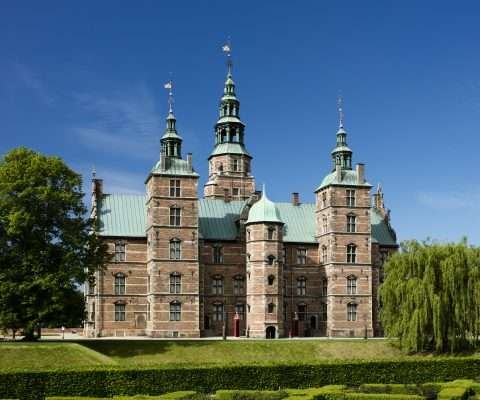
Rosenborg Castle
🧠 Fact: The castle houses the Danish crown jewels and royal regalia.
💡 Tip: Arrive early to avoid crowds, especially in the summer.
Info - Rosenborg Castle, a Dutch Renaissance masterpiece, was built by King Christian IV in the early 17th century as a royal pleasure palace. Set in Copenhagen’s lush King’s Garden, the castle houses Denmark’s royal regalia and crown jewels. Visitors can tour opulent rooms filled with baroque art, period furniture, and personal artifacts of Danish monarchs. Highlights include the Knights’ Hall, famous for its coronation thrones guarded by silver lions. The surrounding gardens are popular for picnics and strolls. Rosenborg’s fairy-tale turrets and rich royal history make it one of Copenhagen’s most atmospheric landmarks.
- 📍 Denmark, Copenhagen
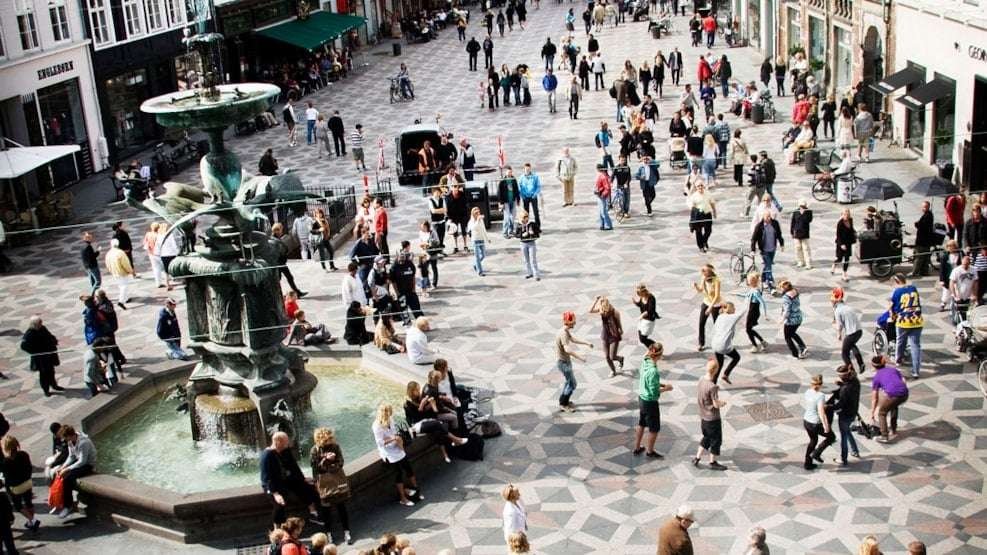
Strøget Shopping Street
🧠 Fact: One of Europe's longest pedestrian streets, perfect for shopping and people-watching.
💡 Tip: Check out nearby hidden courtyards and local boutiques off the main strip.
Info - Strøget is one of Europe’s longest pedestrian shopping streets, stretching 1.1 kilometers through the heart of Copenhagen. Lined with international brands, independent boutiques, and atmospheric squares, it’s a shopper’s paradise and lively urban hangout. From luxury labels in the upscale section near Kongens Nytorv to quirky shops and street performers at Rådhuspladsen, Strøget offers variety for every taste. Along the way, visitors discover charming side streets with cafés, chocolatiers, and historic landmarks. Whether browsing high-end fashion or soaking up Copenhagen’s bustling street life, Strøget remains a must-visit artery in the city’s social and shopping scene.
- 📍 Denmark, Copenhagen
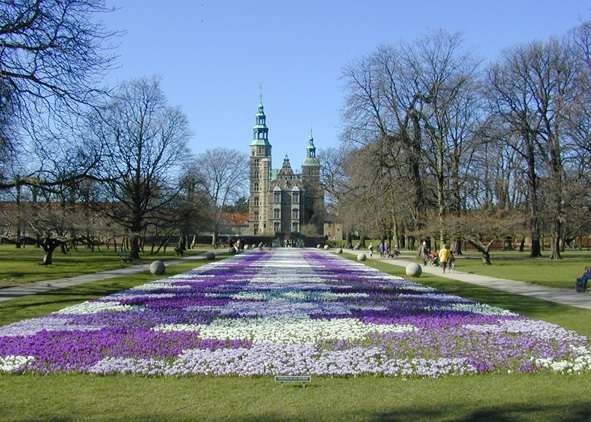
The King’s Garden (Kongens Have)
🧠 Fact: Established in the early 1600s, it's the oldest royal garden in Denmark.
💡 Tip: Perfect spot for a relaxing picnic or walk near Rosenborg Castle.
Info - The King’s Garden, known locally as Kongens Have, is Copenhagen’s oldest public park, dating back to the early 1600s. Surrounding Rosenborg Castle, the gardens are a beloved green space filled with manicured lawns, flowerbeds, and winding paths. Locals gather here for picnics, outdoor theatre performances, and sunbathing on warm days. The Renaissance-style layout includes tree-lined avenues, ornamental statues, and a charming rose garden. Highlights include the Hercules Pavilion and the fairytale-themed children’s playground. A peaceful oasis in the city center, The King’s Garden is perfect for relaxing amid royal history and seasonal blooms.
- 📍 Denmark, Copenhagen
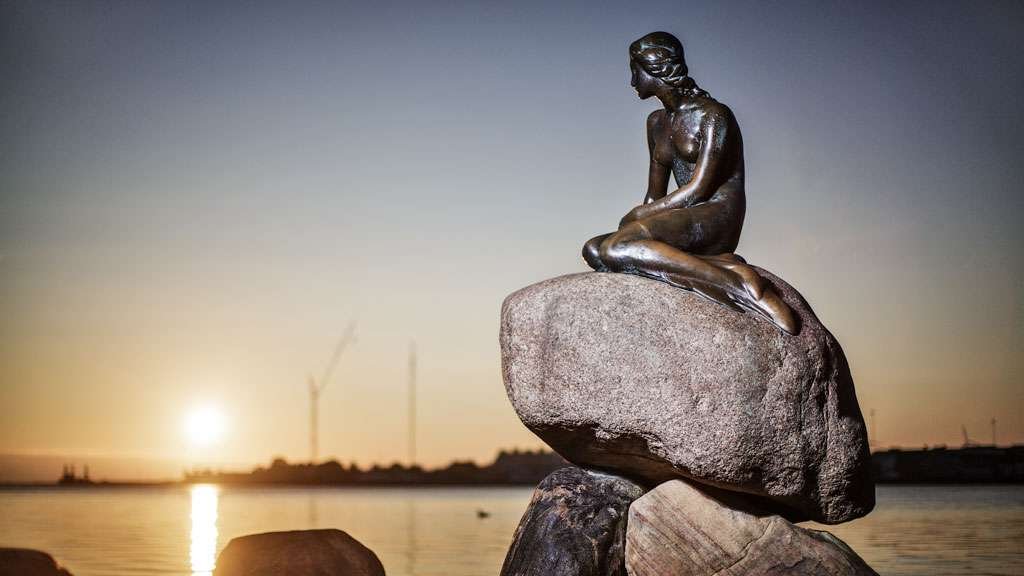
The Little Mermaid Statue
🧠 Fact: The statue is based on Hans Christian Andersen’s famous fairy tale and was unveiled in 1913.
💡 Tip: Visit early morning or late evening for fewer crowds.
Info - Copenhagen’s iconic Little Mermaid statue sits quietly on a rock by the Langelinie promenade. Inspired by Hans Christian Andersen’s beloved fairy tale, the bronze sculpture was created in 1913 by Edvard Eriksen. Though modest in size, it’s one of Denmark’s most visited landmarks. The statue symbolizes unrequited love and sacrifice, mirroring the mermaid’s story. While opinions on its size vary, its cultural significance is undeniable. Visitors often combine a stop here with walks along Copenhagen’s waterfront. Its simple elegance and enduring fairytale charm make it a symbol of the city’s literary and artistic heritage.
- 📍 Denmark, Copenhagen
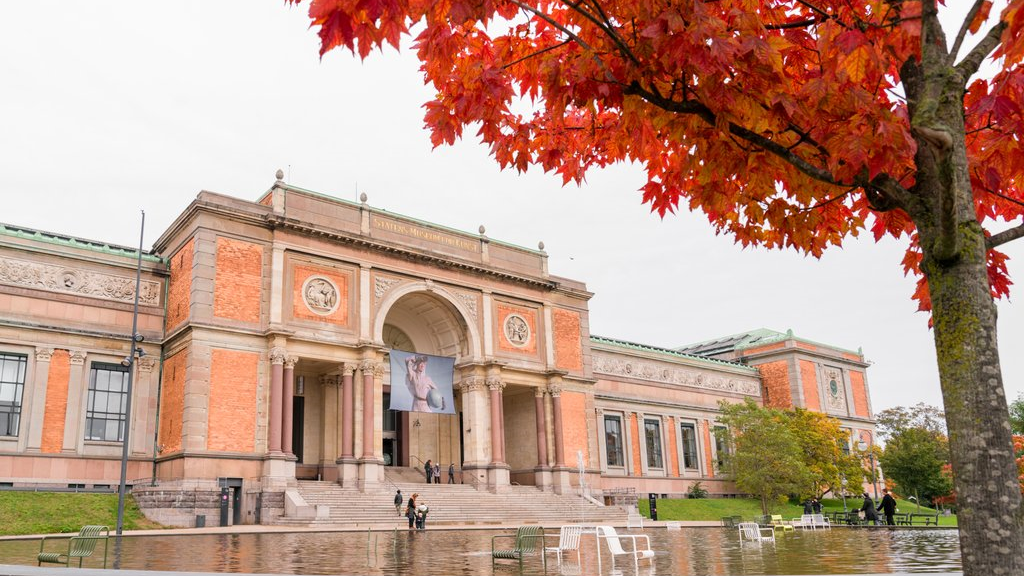
The National Gallery of Denmark (SMK)
🧠 Fact: The largest art museum in Denmark, home to works from Rembrandt to Matisse.
💡 Tip: Admission is free for the permanent exhibitions.
Info - The National Gallery of Denmark (Statens Museum for Kunst) is the country’s largest art museum, showcasing works from the 14th century to today. Located in central Copenhagen, SMK’s elegant galleries feature masterpieces by Matisse, Rubens, Rembrandt, and Danish Golden Age painters. Its modern wing houses contemporary installations and experimental exhibitions. The museum’s glass-roofed atrium and garden views offer a tranquil escape in the city. Regular workshops, concerts, and talks enhance its cultural appeal. For art lovers, SMK is a top-tier destination blending classical elegance with bold, modern creativity in a beautiful, light-filled setting.
- 📍 Denmark, Copenhagen
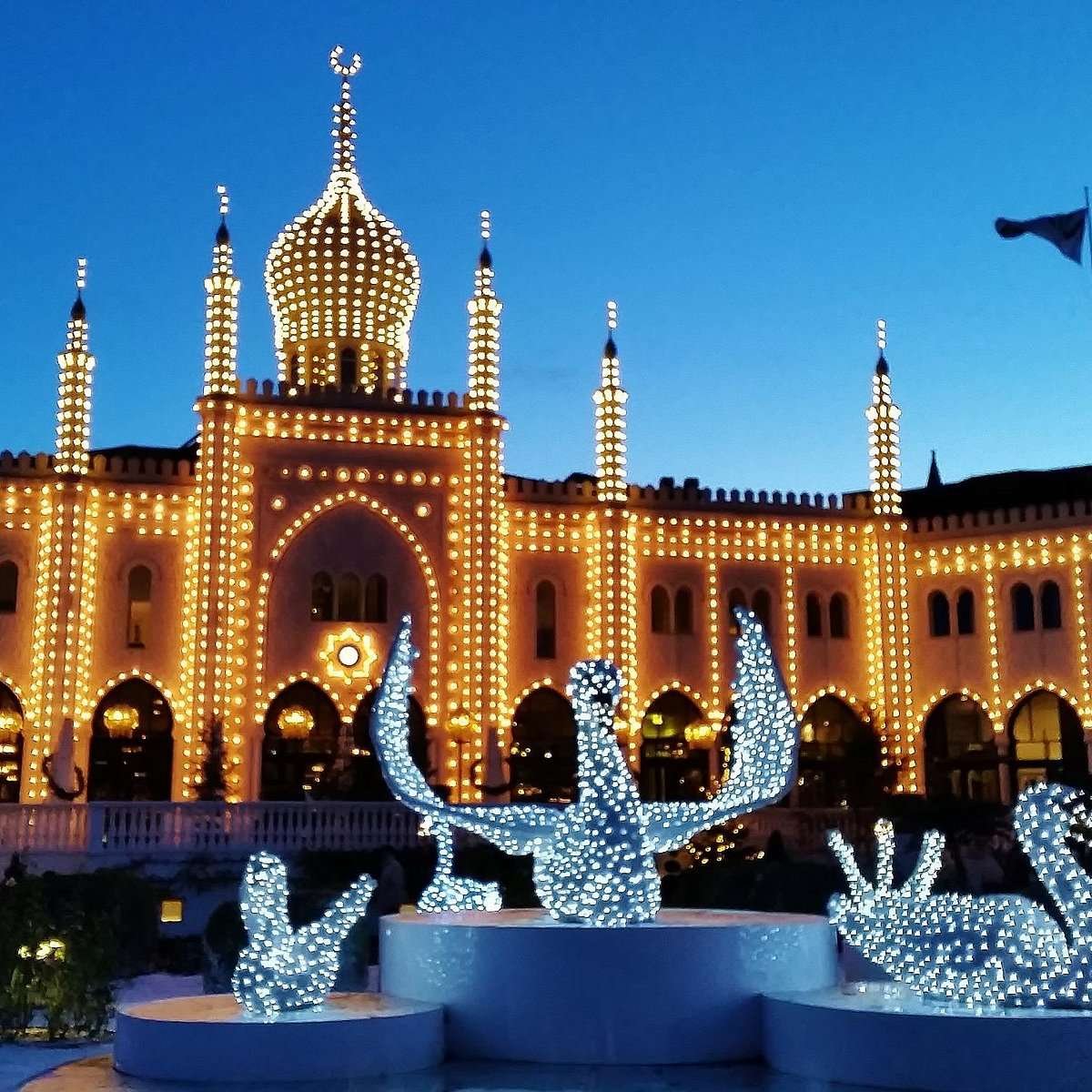
Tivoli Gardens
🧠 Fact: Opened in 1843, Tivoli Gardens is the third-oldest operating amusement park in the world.
💡 Tip: Visit in the evening to see the park illuminated with thousands of lights.
Info - A UNESCO World Heritage site, Wadden Sea National Park spans Denmark’s west coast, offering one of Europe’s most significant tidal ecosystems. The intertidal mudflats and salt marshes teem with wildlife, attracting millions of migratory birds annually. Visitors can join guided mudflat walks, witness massive starling murmurations (Black Sun), or spot seals lounging on sandbanks. The park’s landscape shifts dramatically with the tides, revealing mudflats, channels, and tidal islands. It’s a paradise for birdwatchers, nature photographers, and eco-tourists. Wadden Sea’s unique environment and natural spectacles make it a vital and captivating part of Denmark’s coastal identity.
- 📍 Denmark, Copenhagen
